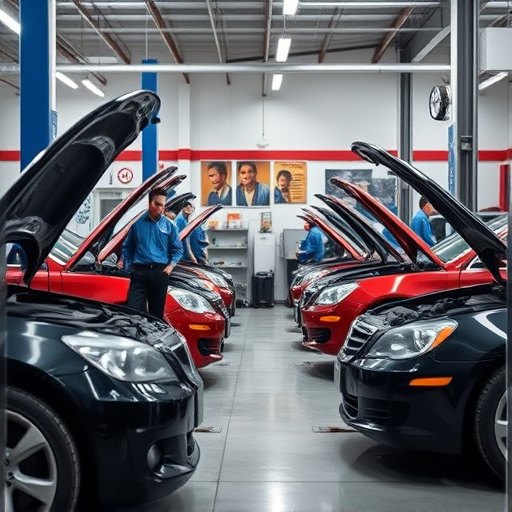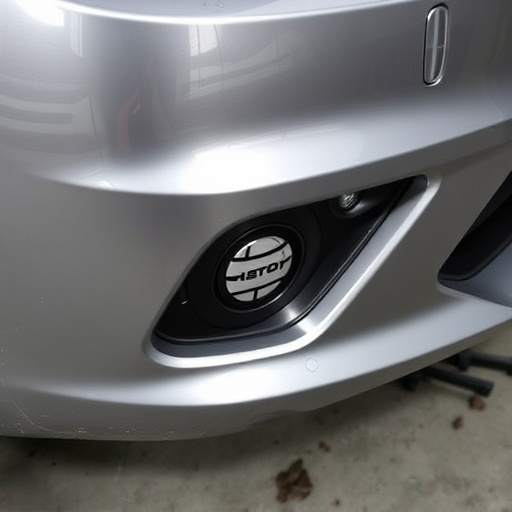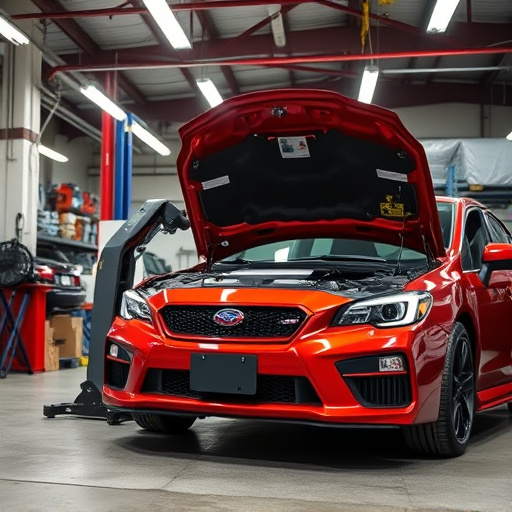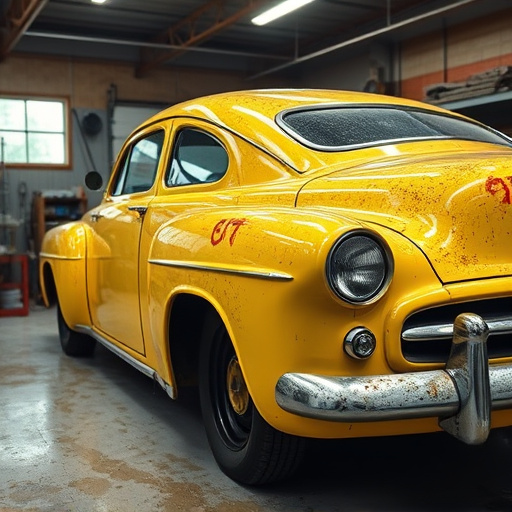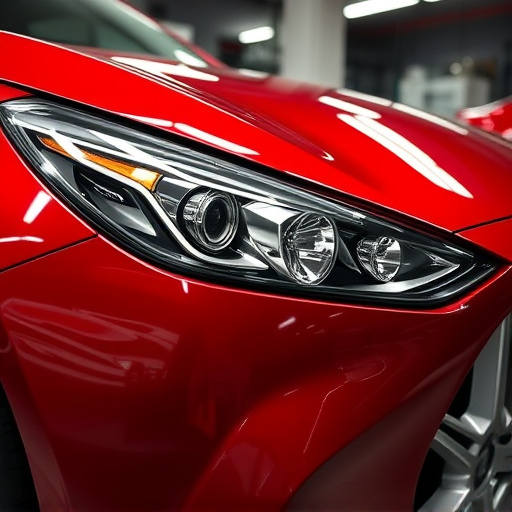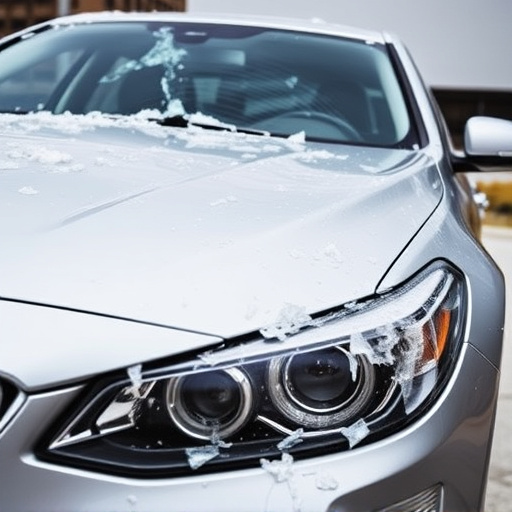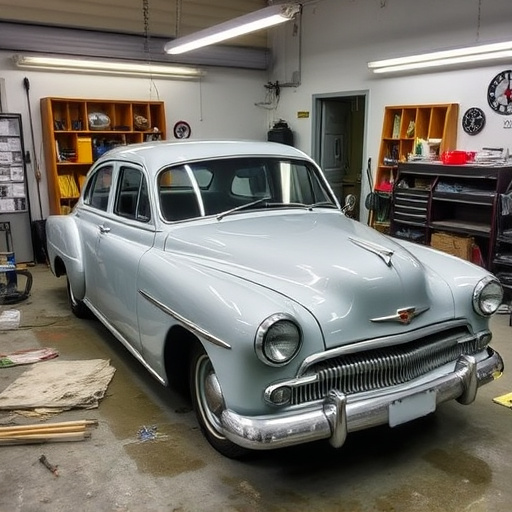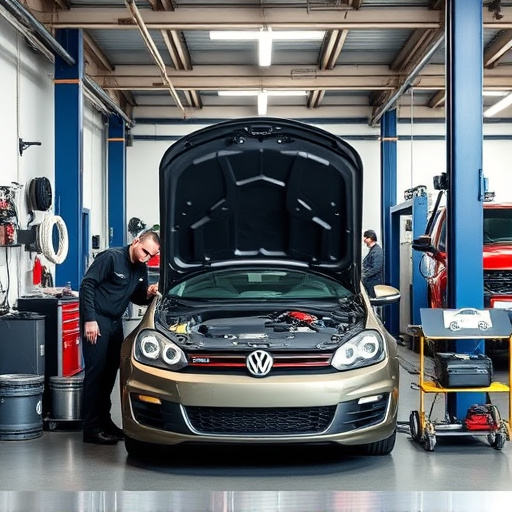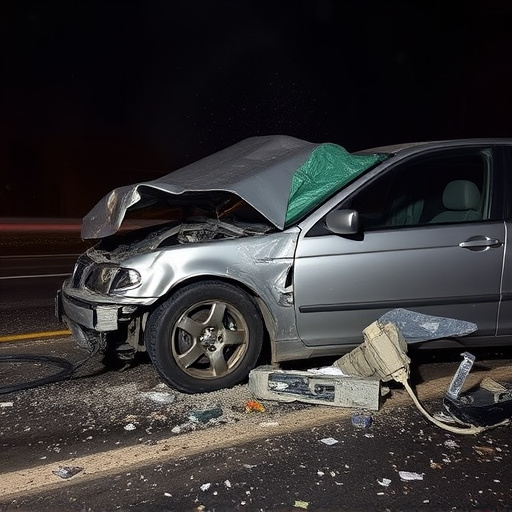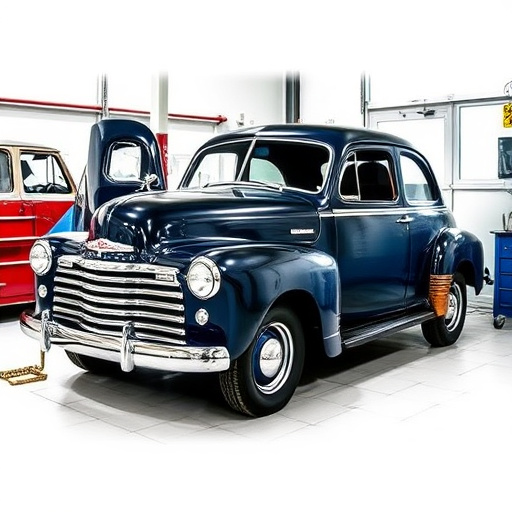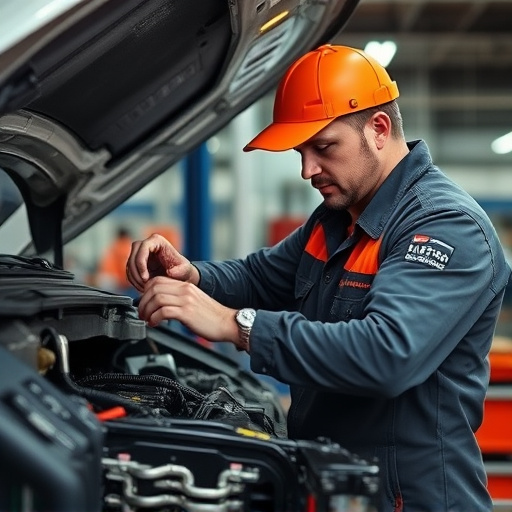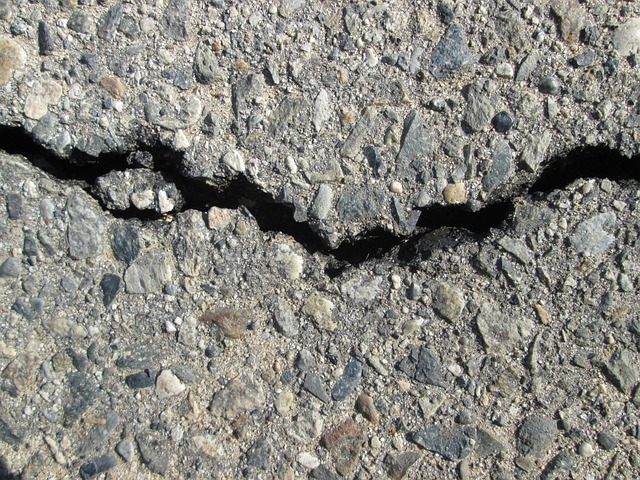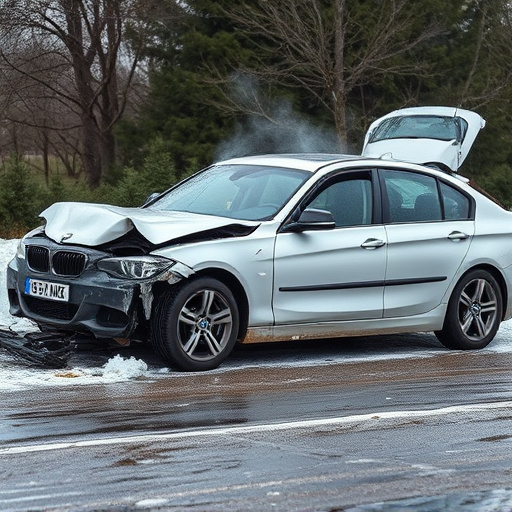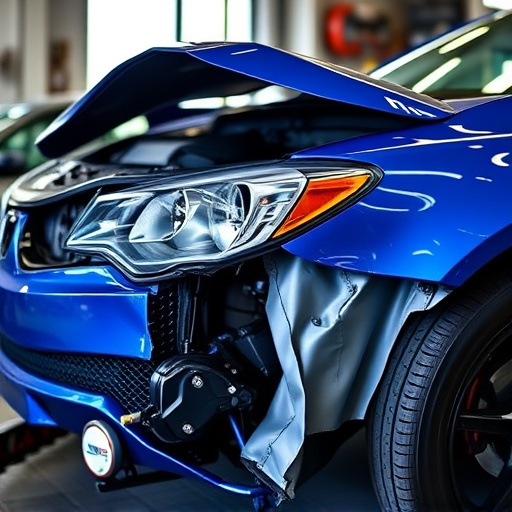Tesla paint thickness measurement is a cutting-edge technology for collision repair, enabling precise dent repair on vehicles like Mercedes Benz. Special tools scan painted surfaces, providing data on coating layers to guide technicians in preserving original finishes and structural integrity while meeting premium automotive brands' standards. This revolutionary tool ensures flawless results, avoiding over-buffing and maintaining base coat integrity. Meticulous practices, including using calibrated gauges, cleaning surfaces, and controlling environmental conditions, are vital for reliable Tesla paint thickness measurements during repairs like bumper or car damage repair.
Tesla’s innovative approach to vehicle care extends beyond its advanced technology, thanks to precise tools like paint thickness measurement. This metric is transforming how technicians maintain and repair Tesla vehicles, preventing overbuffing and ensuring a flawless finish. By understanding Tesla paint thickness measurement, professionals can deliver exceptional service, preserving the car’s original aesthetics. This article delves into the significance of this technique, offering insights on its application and best practices for accurate results.
- Understanding Tesla Paint Thickness Measurement
- How Technicians Can Benefit from This Metric
- Best Practices for Accurate Paint Thickness Readings
Understanding Tesla Paint Thickness Measurement
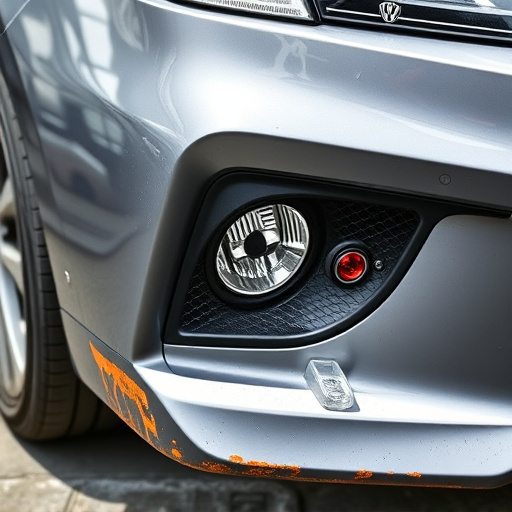
Tesla paint thickness measurement is a cutting-edge technology that plays a pivotal role in ensuring precise and meticulous vehicle dent repair. This innovative process allows technicians to gauge the depth of paint damage, preventing overbuffing or excessive removal during collision repair shop processes. By accurately measuring paint thickness, professionals can tailor their restoration techniques to each Mercedes Benz collision repair scenario, preserving the vehicle’s original finish and structural integrity.
This advanced measurement method involves utilizing specialized tools that non-invasively scan the painted surface, providing detailed data on the layer of protective coating. This information is invaluable for technicians working at top-tier collision repair shops, enabling them to make informed decisions during the restoration process. Through this precise approach, vehicles like Mercedes Benz receive the utmost care, ensuring a flawless finish that meets the high standards expected from such premium automotive brands.
How Technicians Can Benefit from This Metric
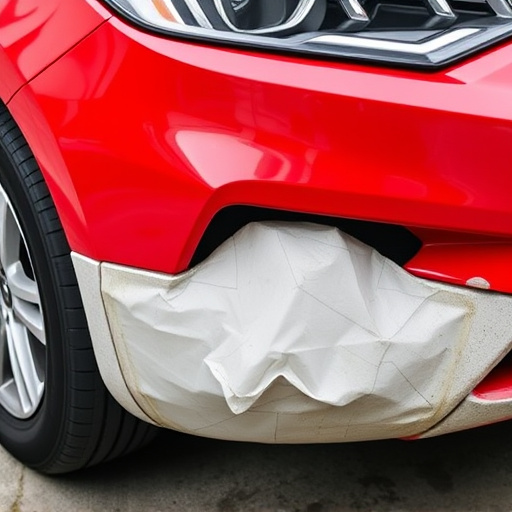
Tesla paint thickness measurement is a game-changer for technicians looking to deliver top-notch results while ensuring they don’t overdo it. By accurately gauging the depth of the paint layer, technicians can avoid excessive buffing, which could lead to thinning or damaging the base coat beneath. This metric is especially beneficial in the realm of autobody repairs, where precision is key.
Understanding paint thickness allows car repair services to tailor their approach for each unique vehicle, ensuring that every dent removal process respects the integrity of the paintwork. It’s a fine balance—too much buffing can mar the finish, while too little may leave unsightly imperfections. With Tesla paint thickness measurement as a tool, technicians can confidently navigate this labyrinthine process, delivering cars with finishes that are not only smooth but also indelible, reflecting their meticulous attention to detail.
Best Practices for Accurate Paint Thickness Readings
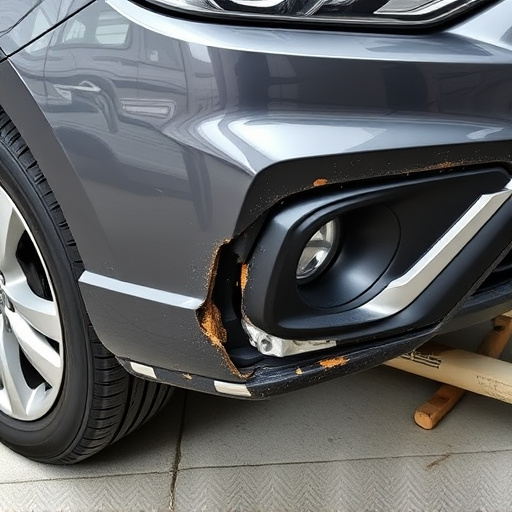
To achieve accurate Tesla paint thickness measurements, technicians should follow best practices to ensure precise and reliable results. First, using a high-quality, calibrated paint thickness gauge is essential. These tools are designed to provide exact measurements, allowing for more consistent and less subjective assessments. Before taking readings, ensure the surface is clean, dry, and free from any contaminants that could interfere with accuracy. This includes removing dust, grease, or previous repair materials.
Additionally, it’s crucial to consider environmental factors. Extreme temperatures can affect gauge performance, so measurements should be taken at a consistent temperature range. Humidity levels should also be controlled to prevent moisture from impacting the reading. For best results in Tesla paint thickness measurement and vehicle paint repair, including bumper repair or car damage repair, technicians should follow these meticulous procedures to guarantee accurate assessments and high-quality repairs.
Tesla paint thickness measurement is a game-changer for technicians, offering precise data to avoid overbuffing and ensure optimal vehicle aesthetics. By understanding this metric and adopting best practices, professionals can deliver high-quality finishes that meet Tesla’s strict standards. This innovative approach not only enhances the look of vehicles but also satisfies customers seeking flawless results.
